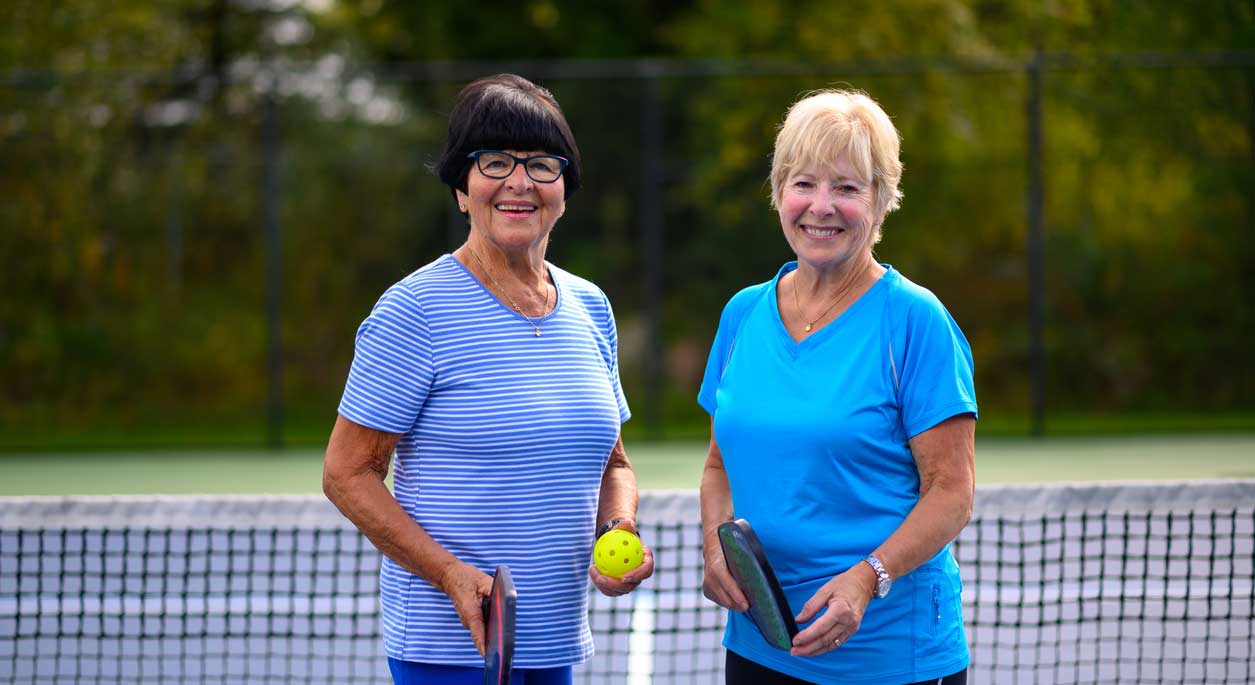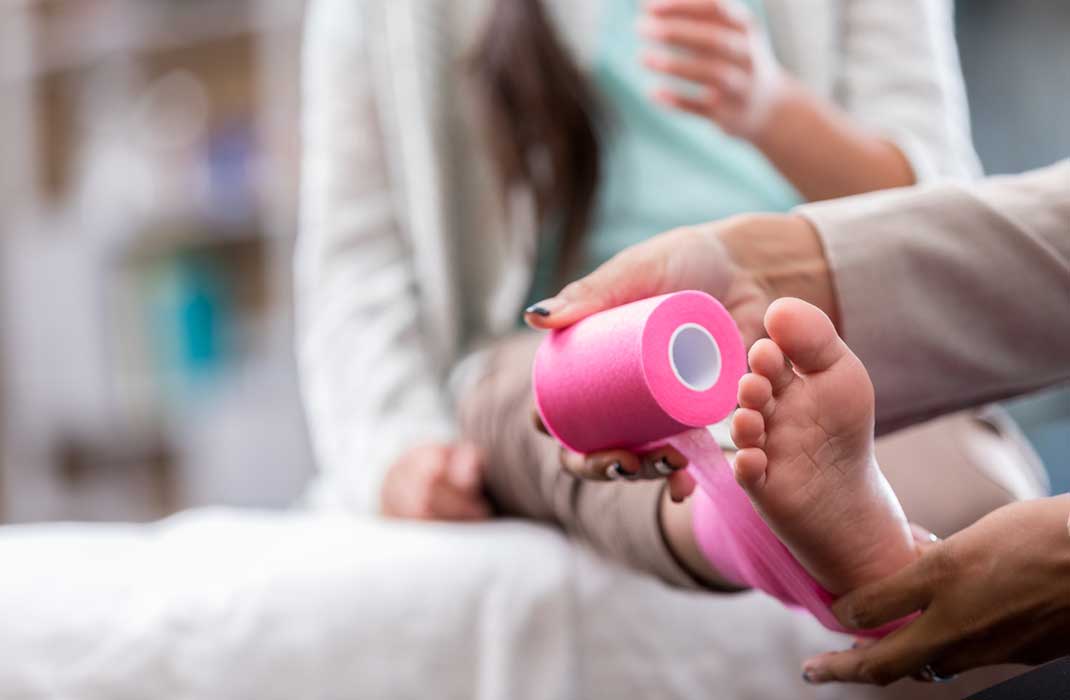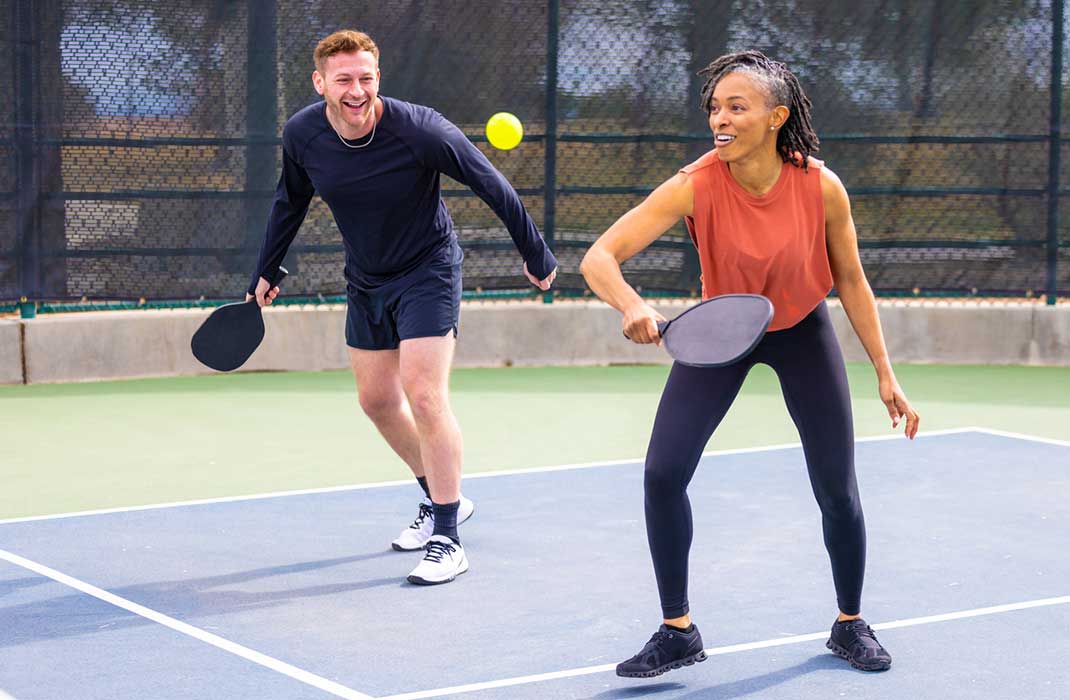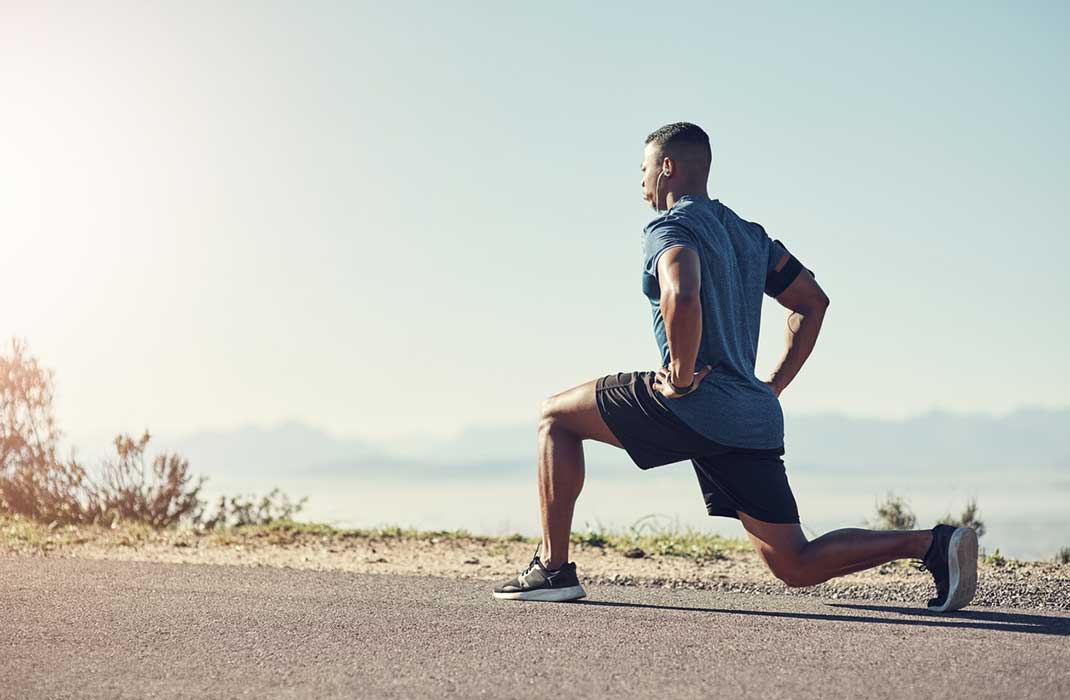-
- Find Care
-
- Visitor Information
- Find a Location
- Shuttles
- Visitor Policies
-
-
- Our Virtual Care Options
- Virtual Urgent Care
- Virtual Visits for Primary & Specialty Care
- Online Second Opinions
- Participate in Research
-
- Contact us
-
- For Innovators
- Commercialization Guide for Innovators
-
-
- Research News
- Alzheimer's Disease
- Artificial Intelligence
-
- Overview
-
- Overview
- Getting Started
- New to Mass General Brigham
- International Patient Services
- What Is Patient Gateway?
- Planning Your Visit
- Find a Doctor (opens link in new tab)
- Appointments
- Patient Resources
- Health & Wellness
- Flu, COVID-19, & RSV
- Billing & Insurance
- Financial Assistance
- Medicare and MassHealth ACOs
- Participate in Research
- Educational Resources
- Visitor Information
- Find a Location
- Shuttles
- Visitor Policies
- Find Care
-
- Overview
- Our Virtual Care Options
- Virtual Urgent Care
- Virtual Visits for Primary & Specialty Care
- Online Second Opinions
-
- Overview
- Participate in Research
-
- Overview
- About Innovation
- About
- Team
- News
- For Industry
- Venture Capital and Investments
- World Medical Innovation Forum (opens link in new tab)
- Featured Licensing Opportunities
- For Innovators
- Commercialization Guide for Innovators
- Contact us
-
- Overview
- Information for Researchers
- Compliance Office
- Research Cores
- Clinical Trials
- Advisory Services
- Featured Research
- Two Centuries of Breakthroughs
- Advances in Motion (opens link in new tab)
- Brigham on a Mission (opens link in new tab)
- Gene and Cell Therapy Institute
- Research News
- Alzheimer's Disease
- Artificial Intelligence
-
- Overview
-
- Overview
- Residency & fellowship programs
- Brigham and Women's Hospital
- Massachusetts General Hospital
- Mass Eye and Ear
- Newton-Wellesley Hospital
- Salem Hospital
- Integrated Mass General Brigham Programs
- Centers of Expertise
- Global & Community Health
- Health Policy & Management
- Healthcare Quality & Patient Safey
- Medical Education
- For trainees
- Prospective trainees
- Incoming trainees
- Current trainees
- Continuing Professional Development
Pickleball Injuries

Pickleball has taken America by storm.
Nearly 5 million Americans play the sport. Countless others try it each day, regardless of their age. In fact, according to USA Pickleball, membership into the organization has risen 30 percent since 2020.
To the surprise of few, the sport’s ascent coincides with a rise in injuries. Deirdre Rodericks, MD, a Mass General Brigham sports medicine specialist, has seen more pickleball injuries at her practice than ever before.
“People in general think they can’t get injured playing the sport,” explains Dr. Rodericks. “But they’re stunned when they reach for a ball and pull a muscle.”
Dr. Rodericks describes the most common pickleball injuries she sees and explains how to prevent pickleball injuries.
Common pickleball injuries
Athletes often mistake pickleball as less dangerous than tennis. Players use lighter balls, play on a smaller court, and wield smaller rackets. Injuries in both sports, however, regularly occur from overuse and quick pivots.
Most pickleball injuries involve a strain of the calf or sprain of the:
Tendinopathy, or degeneration of a tendon, can also occur. Typically, this is seen in tendons attached to the elbow or in the Achilles tendon. In more severe cases, players endure meniscal or ACL injuries from sudden quick-cutting motions. They can also break bones from accidental falls.
Since players do not serve overhand in pickleball, some might think there should be fewer shoulder injuries than in tennis. However, this has yet to be proven.
How do pickleball injuries typically occur?
Injuries typically occur when players saddle their bodies with more strain than it can handle. Repetitive motions — underhand serves, wrist flicks, and side shuffles — overwork muscles and joints, resulting in overuse injuries. Even if they appear shorter and less straining than shooting a basketball or hitting a baseball, the toll of these movements adds up.
The ankle, Achilles, elbow, and wrist carry the heaviest burden from pickleball. They are smaller joints and muscles typically reserved for less daunting tasks, such as standing or writing. If these joints or muscles take on too high of a workload, they can easily strain or tear.
“Your muscle or tendon capacity may differ from the level of activity demanded of it,” says Dr. Rodericks. “Decreasing the risk of injury requires leveling off current activity or training the muscle or tendon to increase its capacity.”
As a rule of thumb, use muscles in the trunk — such as core and gluteal muscles — to generate more powerful, explosive pickleball movements. Core and gluteal muscle groups are larger than those located in the limbs. As such, those muscles can generate more force than those initiated in the arm or leg.
Who is most prone to injuries?
Athletes with chronic injuries such as arthritis or tendinopathy can aggravate their injuries playing pickleball.
Older individuals, particularly women with osteoporosis or low bone density, can risk bone fractures. They can protect their bone health by eating foods high in calcium and vitamin D. These foods include leafy greens, such as kale and spinach, and dairy products, such as milk and yogurt.
Pickleball injury treatment
Players might self-diagnose an injury from pain or discomfort in a specific location of the body. The body, however, is interconnected; each part affects another. For instance, tight gluteal muscles and hamstrings may pull on the calves, which can make someone more prone to an Achilles injury.
Treating pain in the Achilles tendon alone may not prevent further injury if the tightness in the gluteal muscles, hamstrings, and calves is not addressed.
Players should:
Seek emergency care for bone fractures.
Signs and symptoms of a fracture in the arms and legs include:
Swelling
Bruising
Inability to bear weight
Use the R.I.C.E method: Rest, ice, compression, and elevation.
How to prevent pickleball injuries
Improving mobility and conditioning muscles and tendons from overuse can help prevent injury. Dr. Rodericks recommends several ways of staying in the game:
Stretching
Using the right equipment and wearing the right gear
Equipment matters in every sport. Pickleball is no exception.
Muscles and joints overcompensate when players use the wrong equipment. Those who use paddles too large or small strain muscles in their hand, wrist, and elbow. Those who wear footwear too loose or tight can similarly strain muscles in the ankles, heel, and feet.
Loose footwear can also jeopardize a player’s balance. Slipping and falling can roll ankles, break bones, and tear ligaments. Pickleball courts exist on grass, clay, or concrete surfaces. Players should wear footwear with a grip compatible to the surface they choose to play on.
Cross-training
Different sports rely on different muscle groups. The more varied an athlete’s activities, the less likely they are to overuse those same groups. Varied activities can also help condition and build muscles used to support the wrist, elbow, ankles, and calves.
Badminton, tennis, and ping pong resemble pickleball most. While these sports help players learn and improve the technical skills needed for pickleball, they might not allow players to properly rest muscle groups overused by the sport.
Biking and yoga can help stretch and condition muscles typically not used as much in pickleball, such as the quadriceps, shoulders, and biceps.
When should someone return from a pickleball injury?
Injured players should work their way back to the court slowly. Dr. Rodericks recommends players begin with small, short bouts of play. If they feel okay and experience little-to-no pain, only then should they increase the intensity of their play.
“Pickleball is growing fast, and there’s still so much more we need to research about recovery and preventing injury,” she says. “What we do know though is that these injuries can be serious and deserve just as much attention as injuries from other non-contact sports.”



